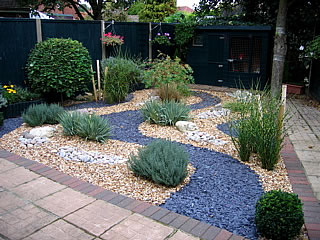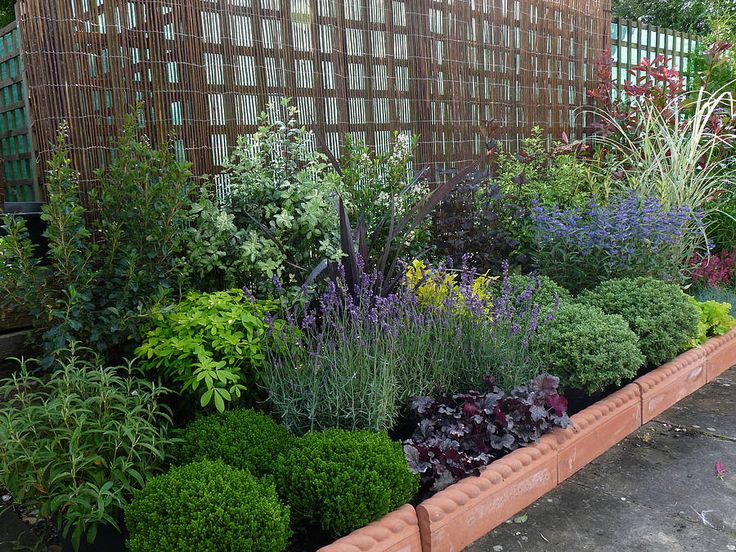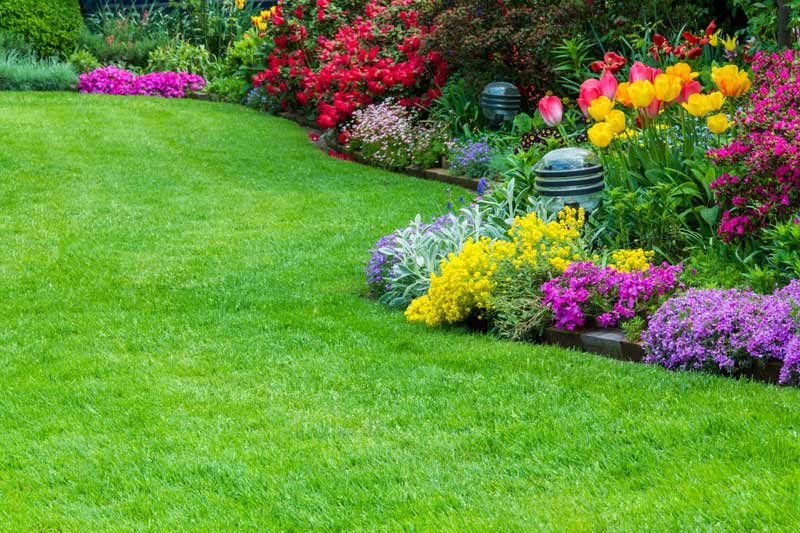5 Tips To Having Successful Low-Maintenance Gardens
There are several reasons why you may need a low maintenance garden. Perhaps you have a hectic schedule and don’t have the time or the energy to take care of prima donna plants. If this is your first time building your own garden, opting for plants that require minimal maintenance is a way to get started without quickly getting frustrated.


Whatever the case may be, the objective is to make gardening a fun and enjoyable activity and not a chore. Here are some ways to help you develop successful low-maintenance gardens.
1. Plan your garden
There are plants that prefer lots of sunlight while others prefer the shade. Some may require lots of water while there are also plants that only need to be watered once every three weeks. Learning more about different plants may require a lot of time and effort in the beginning, but it can help you figure out what types of plants will thrive in your garden and which ones can grow together.
Once you have a list of plants you want to have in your garden, create a plan and group together the ones that have similar needs. Know which areas of your garden receive the most/least amount of sunlight/wind/water then place the right plants in those areas. By placing them in their ideal environment, you are effectively reducing the amount of work you need to do with each plant.
2. Use native plants
Native plants and trees thrive best when planted in their local environment. They require the least amount of maintenance and you won’t have to worry about whether they are getting the right amount of sunlight or water. Visit local nurseries and landscaping shops to ask what the native plants are in your area.


3. Mow wisely
When you mow your lawn, cut the grass at the tallest possible setting. This will provide shade to your lawn while choking out the weeds. Keeping the grass tall also encourages the blades to grow deeper roots and makes them more resistant to drought.
When it comes to the grass clippings, leave them on your yard instead of spending time bagging them. The organic matter can work as compost and fertiliser for your remaining grass blades.
4. Add flowers
Grass and shrubs require minimal maintenance. To add colour to your garden, plant a few colourful flowers in strategic areas. This can help in breaking up the vast areas of green, and creates a focal point.
 5. Clean up your yard
5. Clean up your yard
Finally, remove any unwanted plant debris and weeds in your yard. This will help reduce the amount of pests and diseases that invade your yard.
For all of your gardening requirements, call Jim’s Mowing on 131 546 or book online for your free, no-obligation quote today!



